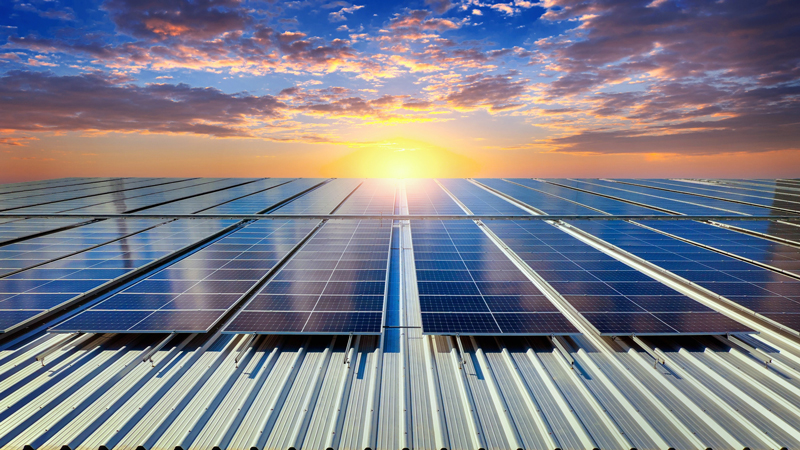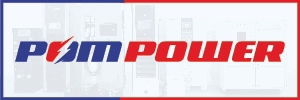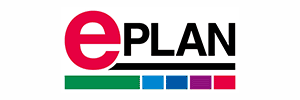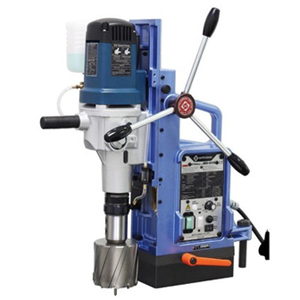Schedule a Call Back
Navigating ALMM Reset: A Guide for Solar Importers
 Articles
Articles- Jul 28,25

In India's rapidly evolving solar energy landscape, policy reforms often act as inflection points. The recent reset of the Approved List of Models and Manufacturers (ALMM) is one such moment. While aimed at bolstering domestic manufacturing and ensuring quality control, these changes have stirred considerable anxiety among developers and importers alike.
ALMM 2.0: From quality filter to strategic lever
The ALMM, first introduced by the Ministry of New and Renewable Energy (MNRE) in 2019, was designed to weed out substandard solar modules by mandating that only listed models, those meeting defined quality, efficiency, and domestic manufacturing criteria, could be used in government-backed projects.
However, the 2024 reset of the ALMM regime has gone a step further:
- Inclusion of solar cells (List-II): From June 2026, not only modules but also cells must be ALMM-listed. This is a critical shift. Modules will now need to use cells from approved sources, significantly tightening supply chain controls.
- Higher transparency & accountability: The MNRE now requires monthly production and sales data to be submitted via the DCR (Domestic Content Requirement) portal. Non-compliance can lead to delisting—a serious commercial risk.
- Streamlined enlistment: Reforms in 2023 reduced application fees by 80%, inspection costs by 70%, and extended listing validity to 4 years (up from 2). Provisional listing can now be achieved within 7 working days after BIS certification.
While these changes aim to enhance reliability and reduce policy uncertainty, they also require importers to fundamentally rethink their engagement with the Indian solar market.
The cost-quality-compliance trilemma
The tension between affordability, quality, and compliance has rarely been more pronounced such as -
- As of mid-2025, Chinese modules (even after a 44% Basic Customs Duty) are priced around Rs 12/Wp, while Indian-made TOPCon or N-type modules range from Rs 15 to Rs 22/Wp.
- India’s listed module manufacturing capacity under ALMM has surpassed 50 GW, but a large share of this is already committed under Central and State bids, especially those under the PM-KUSUM, CPSU, and solar park programs.
While Indian manufacturing has matured rapidly, quality consistency across manufacturers still varies. The risk of field performance degradation and LID (Light Induced Degradation) remains a concern with newer entrants.
Yet, importers are not without recourse. The key lies in adopting a tiered risk management and sourcing strategy.
Five strategic tips for success Importers can adapt to the new ALMM norms with following five strategic levers.
1. Engage in provisional ALMM listings early: One of the most underutilized mechanisms postreform is provisional enlistment. BIS-certified module models can be listed provisionally within days, allowing projects to proceed while the full inspection process plays out. Importers with aligned domestic manufacturing partners should explore co-branded module listing strategies to stay ahead of procurement deadlines.
2. Map project types to module sourcing flexibility: Not all projects are bound by ALMM. Projects tied to private PPAs, captive consumption, or those with signed PPAs prior to March 2021, may legally use imported modules, as long as they are BIS-compliant. Importers should segment their project pipelines accordingly and allocate imported vs. domestic inventory according to this regulatory classification.
3. Work with high-efficiency, ALMM-listed manufacturers: Instead of racing to the bottom on cost, importers should work with premium ALMM-listed manufacturers offering high-efficiency N-type modules. While they cost more upfront, they deliver better generation performance (25–28% higher IRR in some estimates) over the project lifecycle. A leading utility-scale developer in Gujarat reported that switching from Tier-2 imported polycrystalline panels to Indian-made bifacial TOPCon modules improved their annual yield by 7.2%, more than offsetting the initial capital premium.
4. Preempt the List-II cell mandate: Come June 2026, module compliance will be tied directly to cell origin. Importers should begin forming procurement arrangements or JV structures with manufacturers planning to list under ALMM List-II for cells. Moreover, understanding the cell-sourcing architecture of Indian OEMs, especially those with vertically integrated lines, will be crucial in ensuring future-proof supply chains.
5. Integrate MNRE portal compliance into QC workflow: ALMM compliance is no longer just a regulatory checkbox, it’s a monthly operational audit. Importers and their OEM partners must submit real-time data to the MNRE’s ALMM portal, detailing module production, dispatches, and customer profiles. To avoid delisting risks, importers should integrate MNRE submission standards into their broader quality control (QC) workflows, ensuring that traceability, documentation, and data fidelity are treated as core compliance deliverables.
Regulatory tightening as a competitive advantage
The ALMM reset reflects a broader geopolitical and industrial policy trend, India’s intent to localise its clean energy value chains. While challenging in the short run, importers who embrace the spirit of the reform, prioritising traceability, quality assurance, and collaboration, can turn compliance into competitive advantage.
By combining regulatory agility with sourcing discipline, solar importers can not only survive this ALMM transition but emerge stronger, with a stake in India’s long-term energy self-reliance.
About the author:
Dushyant Kumar is the PV Quality Manager at AXITEC Energy India Pvt Ltd, one of the leading solar module manufacturers.
Related Stories

India’s Decarbonisation Journey: Turning Climate Challenge into Opportunity
While decarbonisation is increasingly becoming a prerequisite to access premium global markets, India's path to net-zero by 2070 is complex. However, with coordinated action, strategic investments, ..
Read more
Four novel ironmaking processes revolutionizing steel production and reducing carbon footprint
In this article, Ish Mohan Garg explores novel ironmaking technologies such as hydrogen reduction, electrification, and carbon capture that are transforming steel production, cutting emissions and s..
Read more
Last chance: Secure C&I solar projects before costs escalate
India’s solar costs are set to rise. Tacklers Renewables urges firms to act now and secure commercial and industrial (C&I) projects before ALMM 2026 regulations take effect
Read moreRelated Products

Integrated Electric Gripper S Series
IBK Engineers Pvt Ltd offers a wide range of integrated electric gripper S series.

Geared Electric Motors
Delco Fans Pvt Ltd offers single phase capacitor run and three
phase geared Instrument motors, totally enclosed face/foot mounted.

“Kusam-Keco” Partial Discharge Acoustic Imager - Model - Km-pdai
‘Kusam-Meco’ has introduced a new “Partial Discharge Acoustic Imager Model KM-PDAI.














